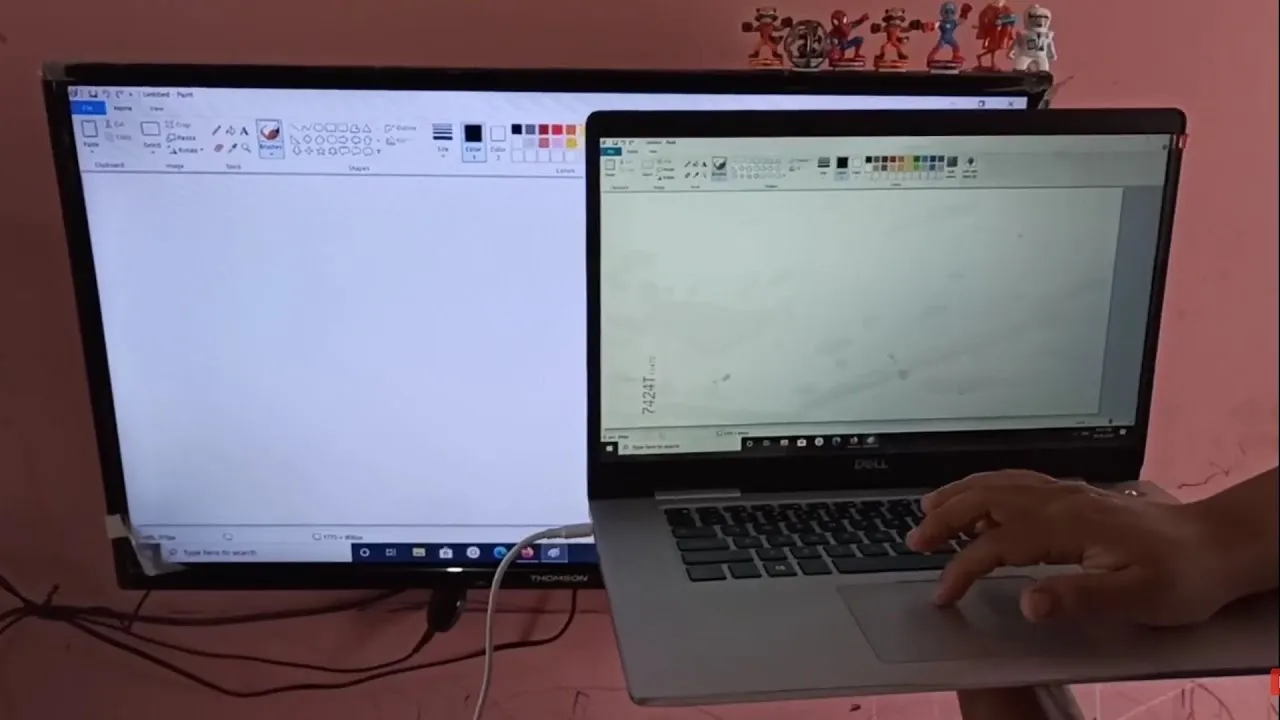Title: How to Connect Your Laptop to Your TV via USB: A Comprehensive Guide
Introduction
In the digital age, the versatility of our devices allows for seamless integration and connectivity. One common scenario is connecting a laptop to a TV using a USB cable. Whether you’re streaming media, giving a presentation, or simply extending your display, understanding how to make this connection can greatly enhance your multimedia experience. In this guide, we’ll walk you through the steps to connect your laptop to your TV via USB, exploring various methods and considerations along the way.
Also Read: How To Get Minecraft On Laptop
Understanding USB Connections
Before delving into the specifics of connecting your laptop to your TV via USB, it’s essential to grasp the fundamentals of USB connections.
Related Post: How To Use F11 On Laptop
- USB (Universal Serial Bus) is a standard interface used for connecting devices such as computers, laptops, peripherals, and mobile devices.
- USB cables come in various types, including USB-A, USB-B, USB-C, and micro-USB, each with specific applications and compatibility.
- USB ports are commonly found on laptops, desktop computers, TVs, gaming consoles, and other electronic devices, offering versatile connectivity options.
Determining Compatibility
Not all TVs support USB connectivity for displaying content from a laptop. Before proceeding, it’s crucial to ensure that both your laptop and TV support USB connections for this purpose.
Also Read: How To Connect Laptop To Tv Samsung Wireless
- Check your TV’s specifications or user manual to verify if it has USB ports labeled for media playback or display purposes.
- Ensure your laptop has a compatible USB output port, typically USB-A, USB-C, or HDMI with USB-C adapter compatibility.
Connecting Your Laptop to Your TV via USB
Once you’ve confirmed compatibility, follow these steps to connect your laptop to your TV using a USB cable:
-
Select the Correct Cable: Depending on your laptop’s output port and your TV’s input port, choose the appropriate USB cable. Common options include USB-A to USB-A, USB-C to USB-C, or USB-C to HDMI adapters.
-
Power Off Your Devices: Before making any connections, power off both your laptop and TV to prevent potential damage to the devices or data loss.
-
Connect the Cable: Insert one end of the USB cable into the USB port on your laptop and the other end into the USB port on your TV. If using an adapter, connect one end to your laptop’s USB port and the other end to the appropriate input port on your TV.
-
Switch On Your Devices: Once the cable is securely connected, power on your laptop and TV.
-
Select the Correct Input Source: Using your TV remote, navigate to the input/source menu and select the corresponding USB input option. Your TV should detect the connected laptop as a video source.
-
Adjust Display Settings (if necessary): Depending on your laptop’s operating system (Windows, macOS, Linux), you may need to adjust display settings to extend or duplicate your screen onto the TV. Refer to your laptop’s user manual or operating system documentation for guidance on display settings.
FAQs (Frequently Asked Questions)
Q1: Can I use any USB cable to connect my laptop to my TV?
A1: It’s essential to use the correct USB cable compatible with both your laptop and TV. Choose a cable that matches the available ports on both devices for optimal connectivity.
Q2: Can I charge my laptop through the USB connection to the TV?
A2: In most cases, USB connections between a laptop and TV do not support charging the laptop. USB ports on TVs typically provide power for media playback or device connectivity but may not supply sufficient power to charge a laptop.
Q3: Do I need special drivers to connect my laptop to my TV via USB?
A3: Generally, modern operating systems (Windows, macOS, Linux) include built-in drivers for USB connectivity. However, it’s recommended to keep your operating system and device drivers up-to-date to ensure compatibility and optimal performance.
Conclusion
Connecting your laptop to your TV via USB opens up a world of possibilities for multimedia enjoyment, productivity, and collaboration. By following the steps outlined in this guide and understanding the nuances of USB connectivity, you can seamlessly integrate your devices for an enhanced viewing and computing experience. Whether you’re streaming movies, sharing presentations, or extending your desktop, USB connectivity offers a convenient and versatile solution for bridging the gap between your laptop and TV.
Recommended: How To Get Laptop Model Number
Recommended: Where Is Insert Key On Laptop

